what does iv do
 Intravenous therapy - Wikipedia
Intravenous therapy - WikipediaCannulaA cannula (; Latin "little reed"; the plural cannula or cannulas) is a tube that can be inserted into the body, often for the delivery or removal of fluid or for the collection of samples. In simple terms, a cannula can surround the inner or outer surfaces of a needle, thus extending the effective length of the needle at least half the length of the original needle. Also called an intravenous (IV) cannula. Its size ranges mainly from 14 to 24 . The different size cannula has different colors as encoded. cannulaDecanulation is the permanent elimination of a cannula (), especially a cannula, once the determination that it is no longer necessary to breathe. ContentsMedicine[]Cannulas usually comes with an interior. The trocar is a needle, which punctures the body to enter the desired space. There are many types of cannules: cannulas are the most common in hospital use. A variety of cannules are used to establish in . A is a piece of plastic tubes that runs under the nose and is used to administer oxygen. Intravenous (IV) chanting[] A cannula is introduced in a vein, mainly for the administration of intravenous fluids, for the collection of blood samples and for the administration of medicines. An artery is inserted, commonly the radial artery, and is used during major operations and in critical-care areas to measure blood pressure and extract repeated blood samples. The insertion of the vein cannula is a painful procedure that can lead to anxiety and stress. The use of a (cold spray) immediately before cannulation reduces pain during the procedure, without increasing the difficulty of cannulation. Complications may arise in the vein as a result of the canulation procedure, the four main complication groups are: Nasal cannulation and oral-nasal cannulation[]A or an oral-nasal cannula consists of a flexible tube, usually with multiple short and open branches for comfortable insertion in the and/or , and can be used for delivering a gas (like pure ), a mixture of gas (such as, for example, during ), or to measure air flow inside and outside the nose and/or mouth. Tracheotomy tube[]The removal of a tracheotomy tube is called decanulation. Veterinary Use[]A cannula is used in an emergency procedure to relieve pressure and swelling in cattle and sheep with , more commonly due to its accidental grazing pasture or legumes, in particular , , and . Cannulas are a component used in inserting the . Much larger cannules are used to investigate the digestive system of . Aesthetic and anti-age medicine[]In , a blunt-tip cannula or microcannula (also called a smooth-tip microcannula, cut-to-tip cannula, or simply a microcannula) is a small tube with a non-filled edge and a port of extrusion or pore near the tip that is designed for subdermal injections of fluids or gels. Depending on the size of the inner diameter, it can be used either for injection of wrinkle cosmetic fillers such as hyaluronic acid, collagen, poly-lactic acid, CaHA, etc., or for fat transfer (). The advantage of using these is that they are less painful, have less risk of bruising, have less inflammation and a better safety profile. Accidental intravascular injections are more difficult with blunt-tip microcannules, reducing the risk of cutaneous necrosis, ulcers and embolization to the retinal artery that may result in blindness. In fact, in May 2015, the U.S. issued a warning of these risks as a FDA Security Communication on the "Involuntary Injection of Tissue Soft Into Blood Vessels In the Face". In January 2012, the "Dermasculpt" microcanula was approved by the FDA for use in the United States for use with soft tissue fillers followed by the "Mágica Need", "Softfil", "TSK by Air-Tite", and "Cara de sculpture". The primary structural differences between microcannules are the distance of the extrusion port or the pore of the tip (more precise is the cupboard), the breakage of the tip (the adjusted round tip is easier for the input), and the axis flexibility (in addition to the flexibility to move around sensitive structures but sufficient stiffness for precise placement. Since the microcanula tips are blunt, a Pilot or Introductor needle is required for entry through the skin and the technique is for threading the microcannula through this small opening. Microcanula cosmetic injection techniques have been developed on how to better place cosmetic wrinkle fillings such as the long microcanula cross ventilation and lever progression techniques. In April 2016, the concept of microcanula use was first published to inject more than cosmetic fillings. The technique of local anesthesia injected by microcanula (MILA) is described in the use of the microcanula to inject local anesthesia with less pain, bruises and inflammation. Accelerated healing was also introduced after Plasma Platelet-Rich (AHA-PRP), Accelerated Healing after the Platelet-Rich Fibrin Matrix (AHA-PRFM), and the use of microcannula to dissolve Esculptra nodules. Body piercing[]Cannules are used in the use of a standard IV needle (usually between 18GA and 12GA, although it may be as large as 0GA, in which case the procedure is known and uses one without a cannula), and to insert hooks for . During drilling, the needle is created by inserting the needle. The needle is removed, leaving the cannula in place, which is sometimes cut. The cannula is removed and sterile jewels are introduced into the fistula simultaneously, in order to minimize the trauma to the fresh fistula caused by the insertion of the rotunda jewelry. Non-medical use[ ] In biological research, a pressure cannula, which both removes and injects liquid, can be used to determine the effect of a given chemical on a given chemical. The thrust part of the cannula is filled with a physiological solution plus the chemical of interest and then slowly injected into the local cell environment of a cell. The strip cannula then removes fluid from the extracellular medium, thus measuring the cellular response to the chemical of interest. This technique is used especially for . In general aviation, a cannula refers to a piece of plastic tubes that runs under the nose and is used to administer oxygen in non-pressurized planes that fly above 10,000 feet of sea level. In synthetic chemistry, a cannula refers to a piece of stainless steel or plastic tubes used to transfer fluids or gases from one glass to another without exposure to the air. See more in . See also[]References[]411abExternal links[] Look at Wiktionary, the free dictionary. Navigation menu Personal tools Named spaces Variants Views More Search Navigation Contributed Tools Printing/exporting Languages

What does water do for You? – IV Therapy Palm Desert – Replenish 360

IV Fluids: The Basics | The Nursing Era
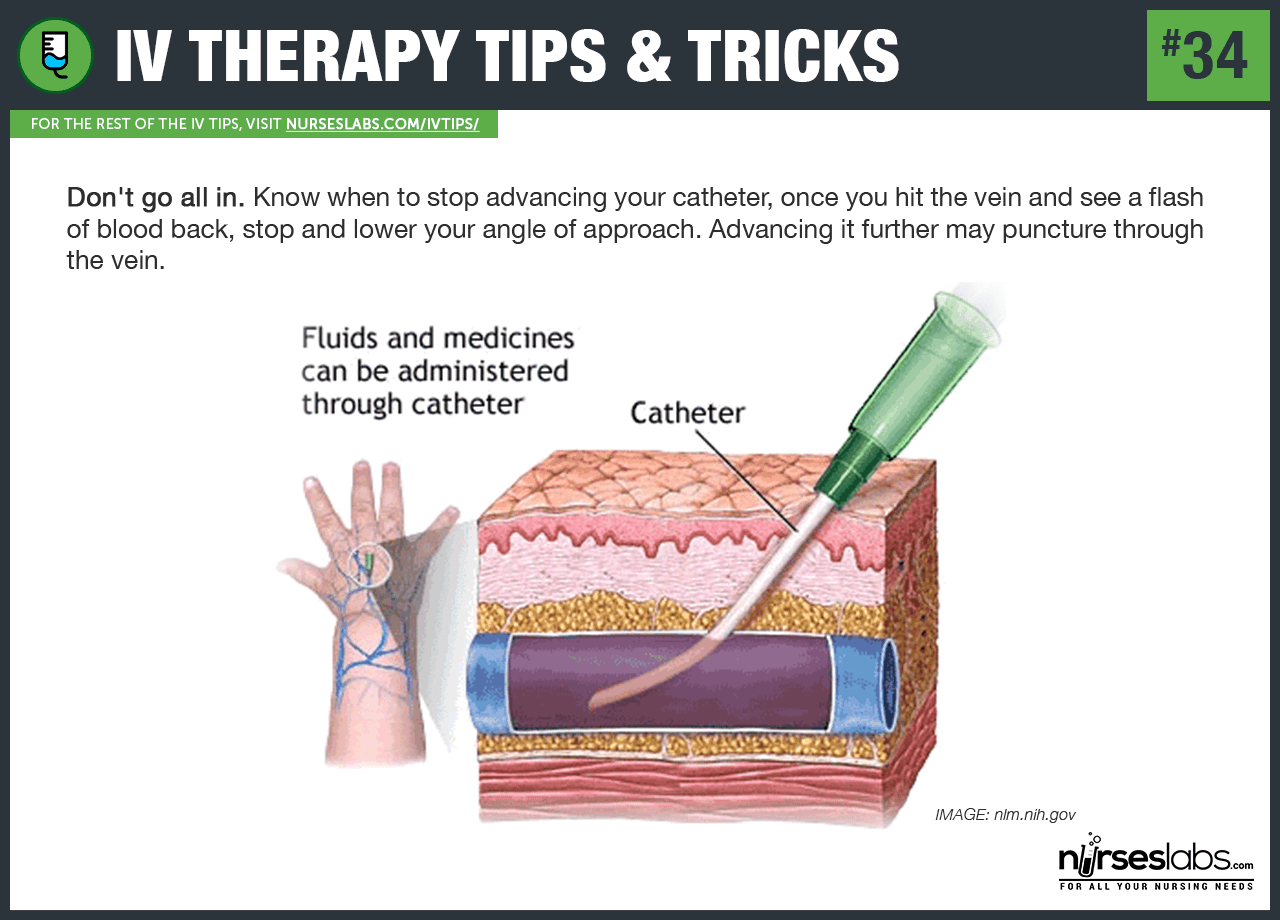
How to Start an IV? 50+ Tips on IV Insertion, Rolling Veins (2020 Update)

What Is IV Therapy | IV Therapy Benefits, How Long It Takes, Providers & More
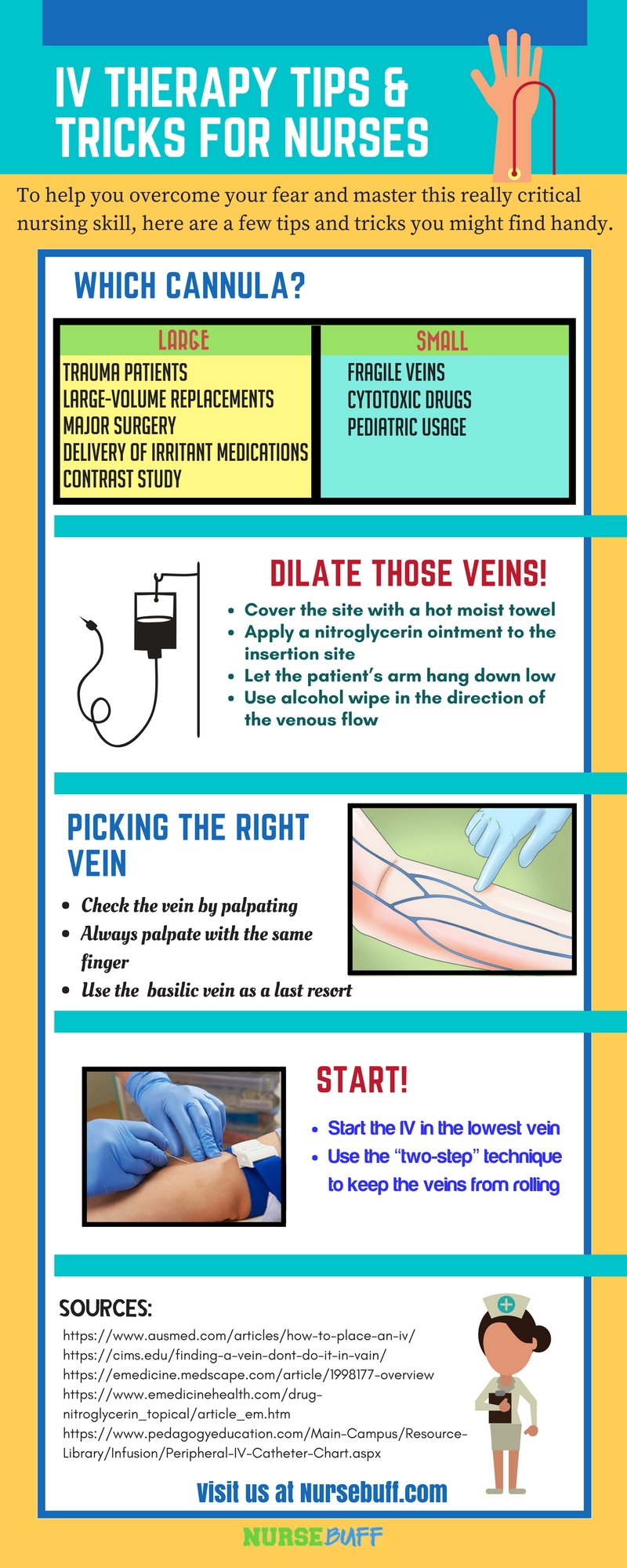
35 IV Therapy Tips & Tricks for Nurses - NurseBuff

Skin-Boosting IV Drips: What Are They & Do They Work? | Booky
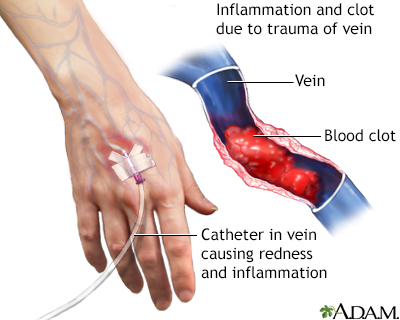
Superficial thrombophlebitis Information | Mount Sinai - New York
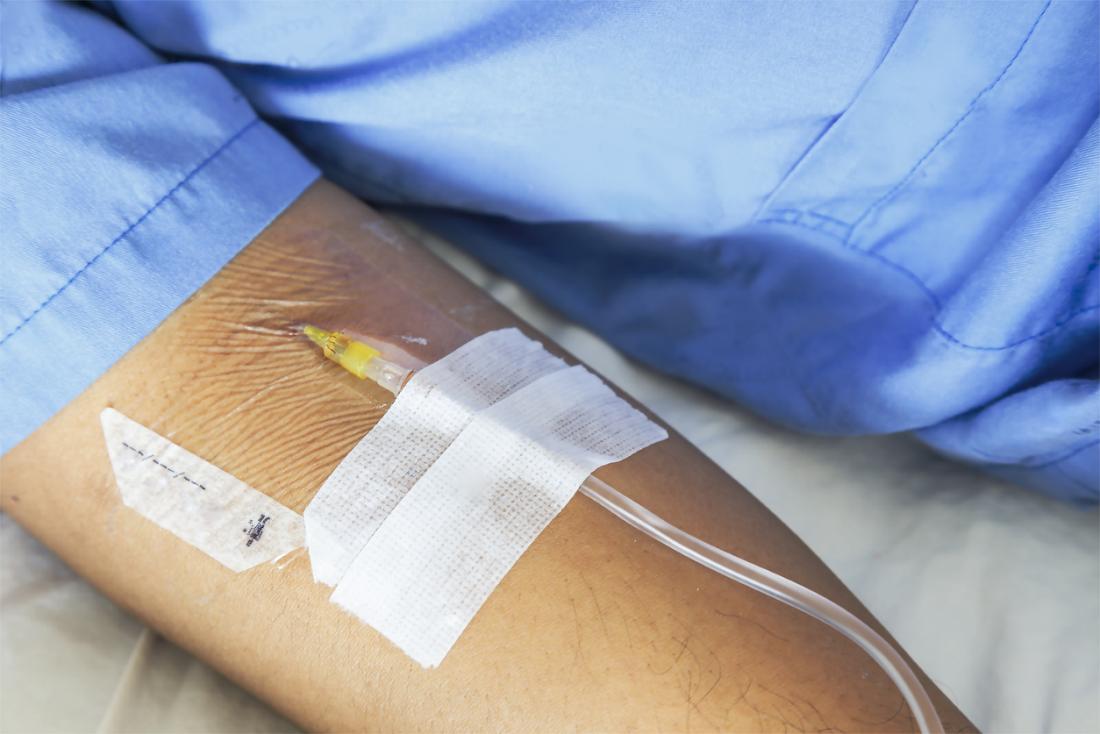
Iron infusion: Uses, benefits, and what to expect
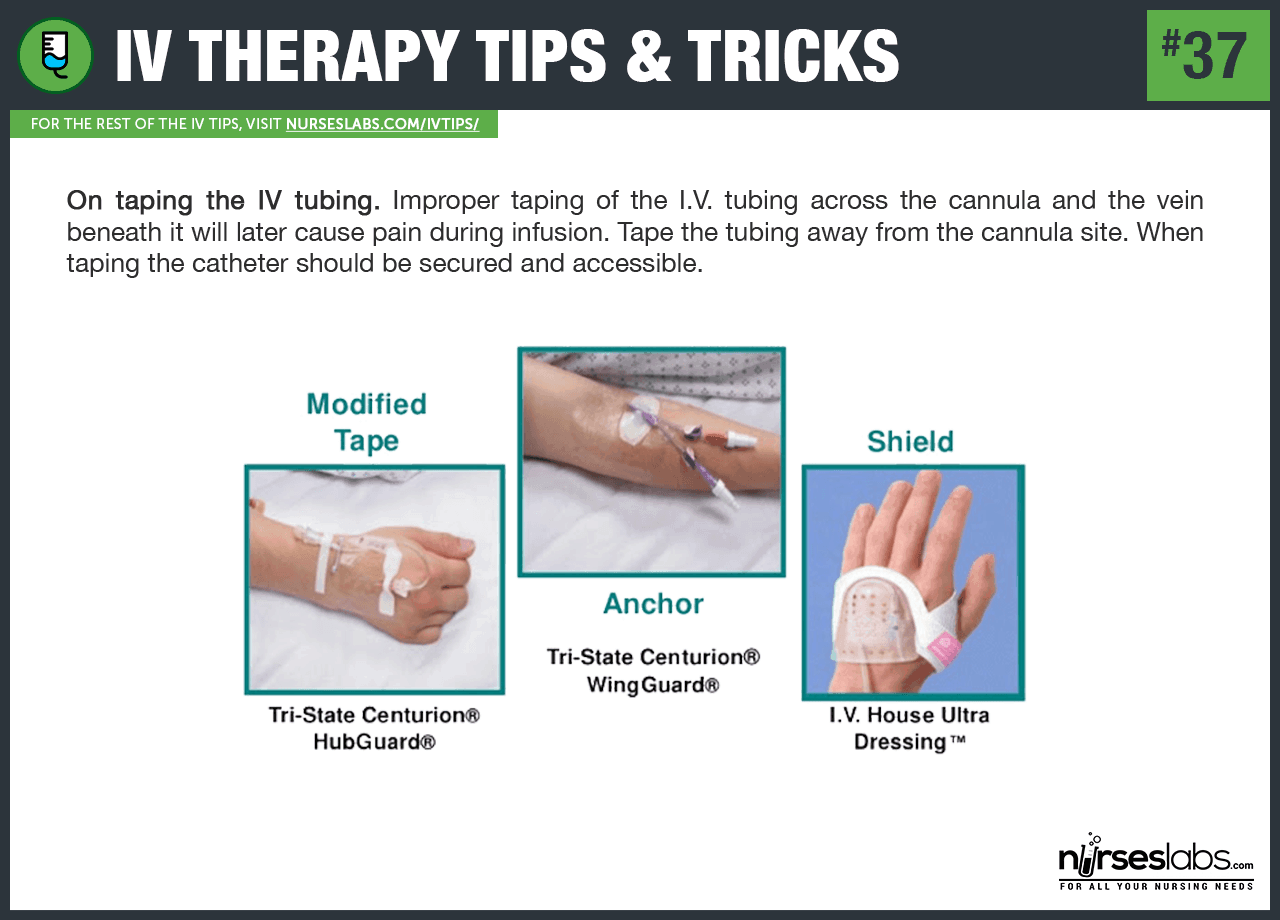
How to Start an IV? 50+ Tips on IV Insertion, Rolling Veins (2020 Update)

Dehydration – itsapotslife
Complications of peripheral I.V. therapy

ETC Story

Central Lines (Central Venous Catheters) (for Parents) - Nemours KidsHealth
Why does this IV hurt so much?? - Page 1 | BabyCenter
What Does IV and DV mean in this context? Can you do one of each part as an example? I don't understand the assignment. : AcademicPsychology

What Is IV Therapy | IV Therapy Benefits, How Long It Takes, Providers & More

IV Infiltration and Extravasation: Causes, Signs, Side Effects, Treatments
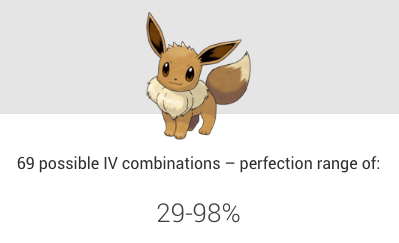
Pokémon IV calculator - Pokémon GO - GameInfo

IV Fluids During Labor - Do You Need Them? - The Pregnancy Nurse

Drip bar: Should you get an IV on demand? - Harvard Health Blog - Harvard Health Publishing

What Does It Mean to Blow a Vein? Let's look at if you can prevent it and what to do when you do blow a vein.… | Funny nurse quotes, Medical knowledge,

What does IV Stand For in Pokémon GO? How Do IVs Work In Pokémon GO? - YouTube
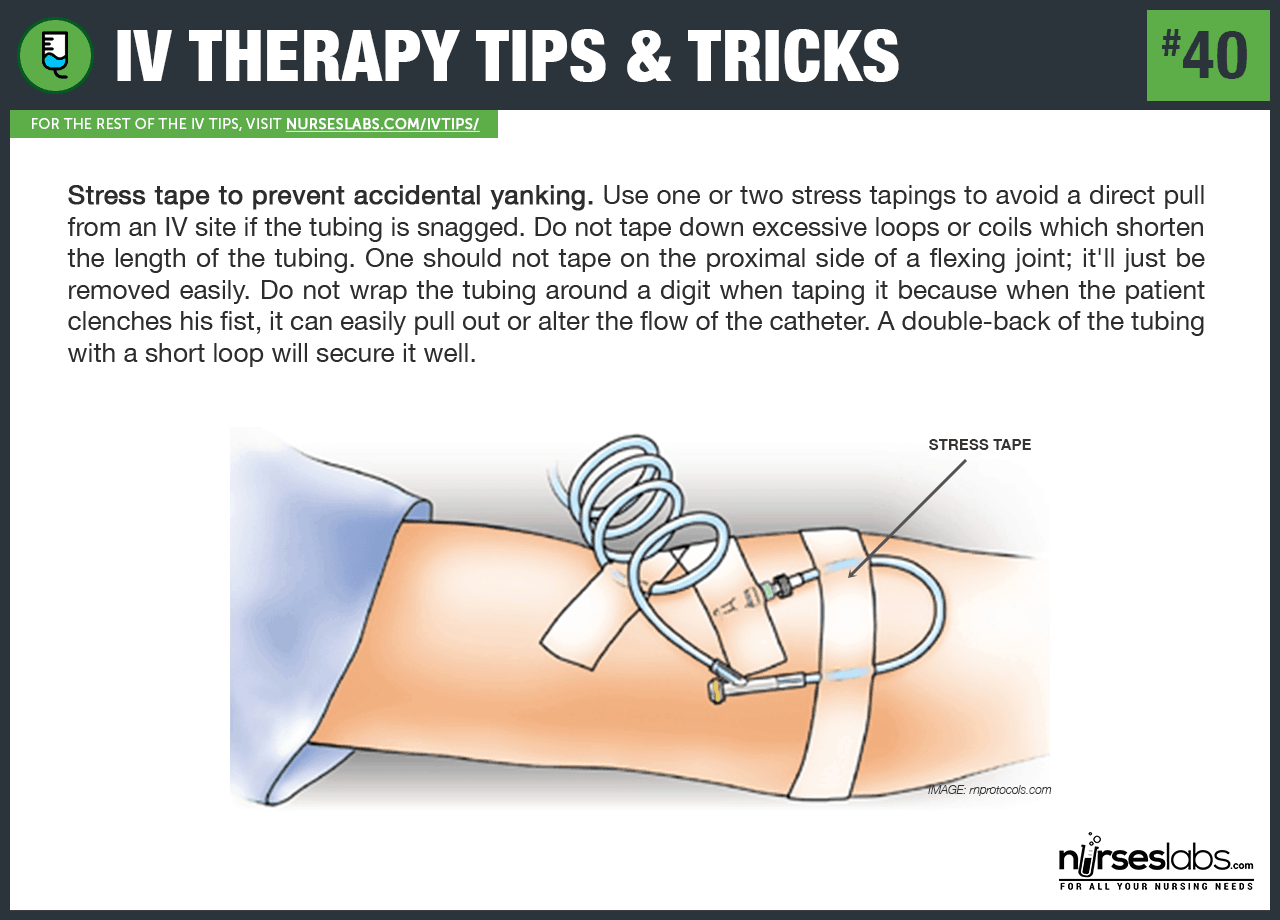
How to Start an IV? 50+ Tips on IV Insertion, Rolling Veins (2020 Update)

Why Does my IV Hurt? | What pain from an IV can tell you.
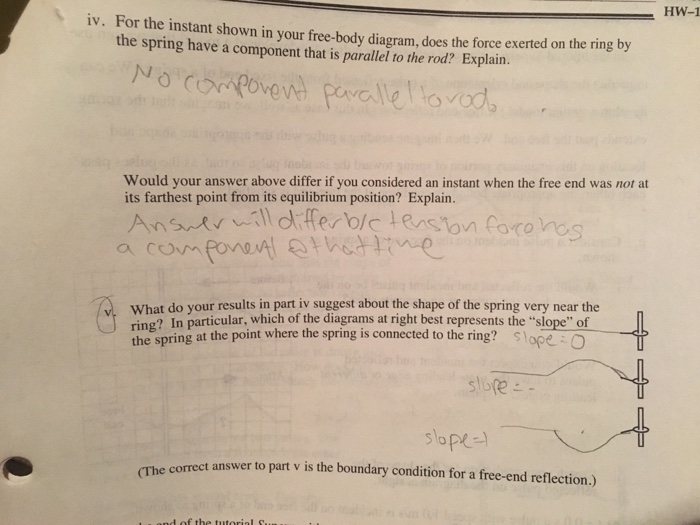
Solved: Part V What Do Your Results In Part Iv Suggest Abo... | Chegg.com

How much does IV's matter? : pokemongo

Type IV Pili Biosynthesis and Their Roles in Biofilm Formation | Pohlschroder Lab

How To Spell Iv & v (And How To Misspell It Too) | Spellcheck.net

2020 Bradycardia algorithm review | ACLS-Algorithms.com

Chrissy Teigen displays her lean legs in a purple robe as she gets a boost with at-home IV treatment | Daily Mail Online

What Does Glutathione Do? Glutathione IV Push Chicago - YouTube

Magnesium Electrolyte Repletion Oral - Only do if ... | GrepMed

Hamlet Act IV questions & quotes

Solved: III. What Does The Following Code Fragment Do? (4 ... | Chegg.com
/five-axes-of-the-dsm-iv-multi-axial-system-1067053_final-d78ac2f718b34f548e2f5404faab71ca.png)
5 Axes of the DSM-IV Multi-Axial System
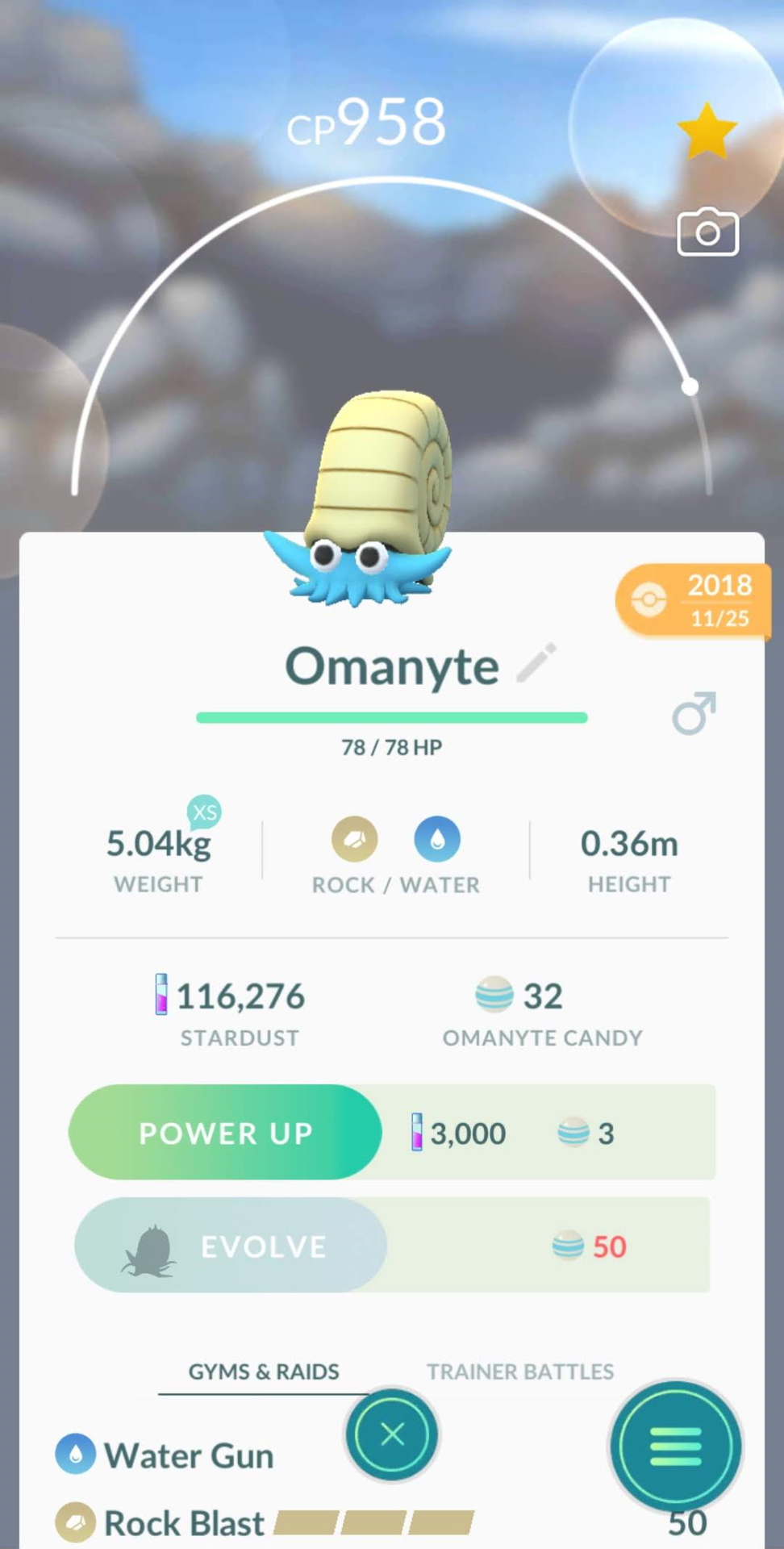
Pokémon Go IVs: How to identify the strongest Pokémon!

Acuset IV Flow Controller - AIS Technologies

PDF) IV. Surrogate measures, do they really describe anaesthetic state?
:no_upscale()/cdn.vox-cdn.com/uploads/chorus_asset/file/16001379/Image_from_iOS__10_.jpg)
Pokémon Go: How to check your Pokémon's IVs - Polygon

Peripheral IV S for Beginners - DocsBay
Posting Komentar untuk "what does iv do"